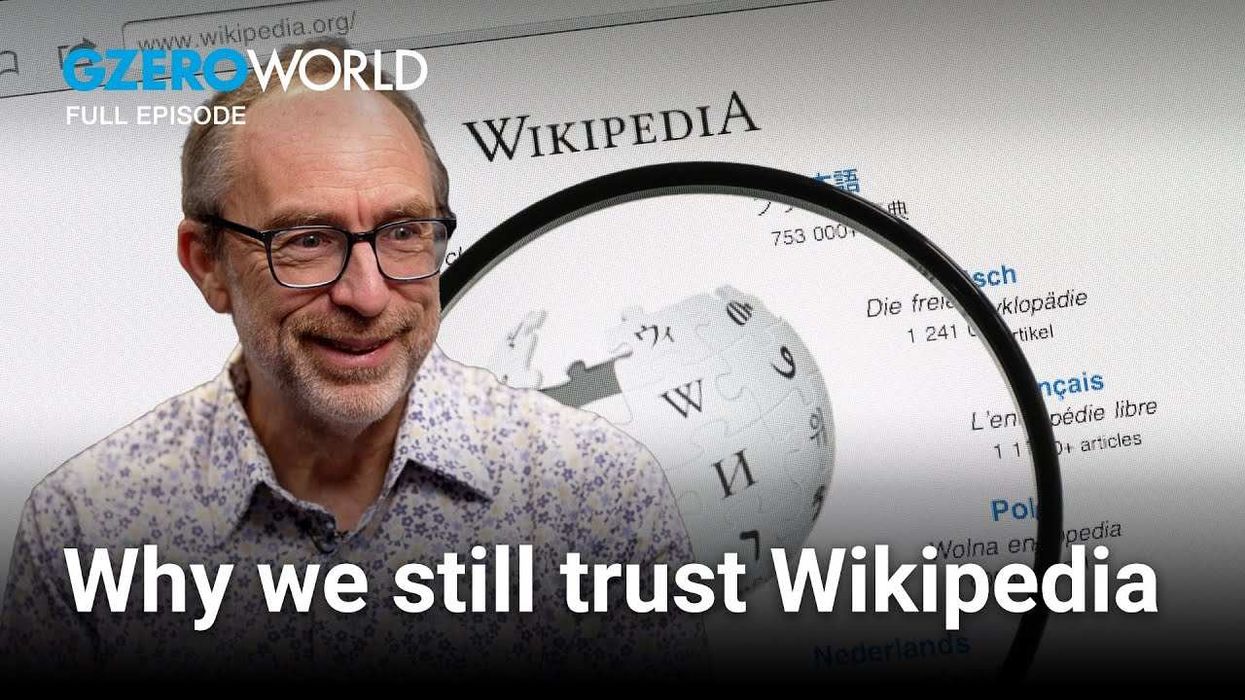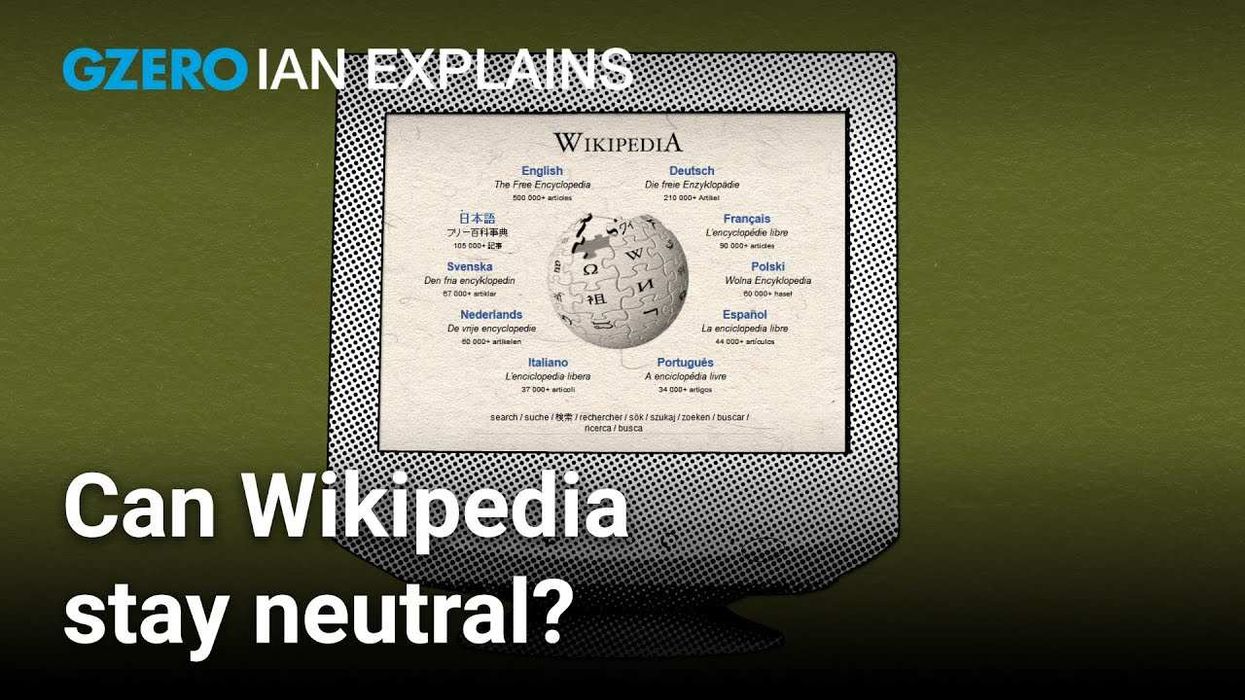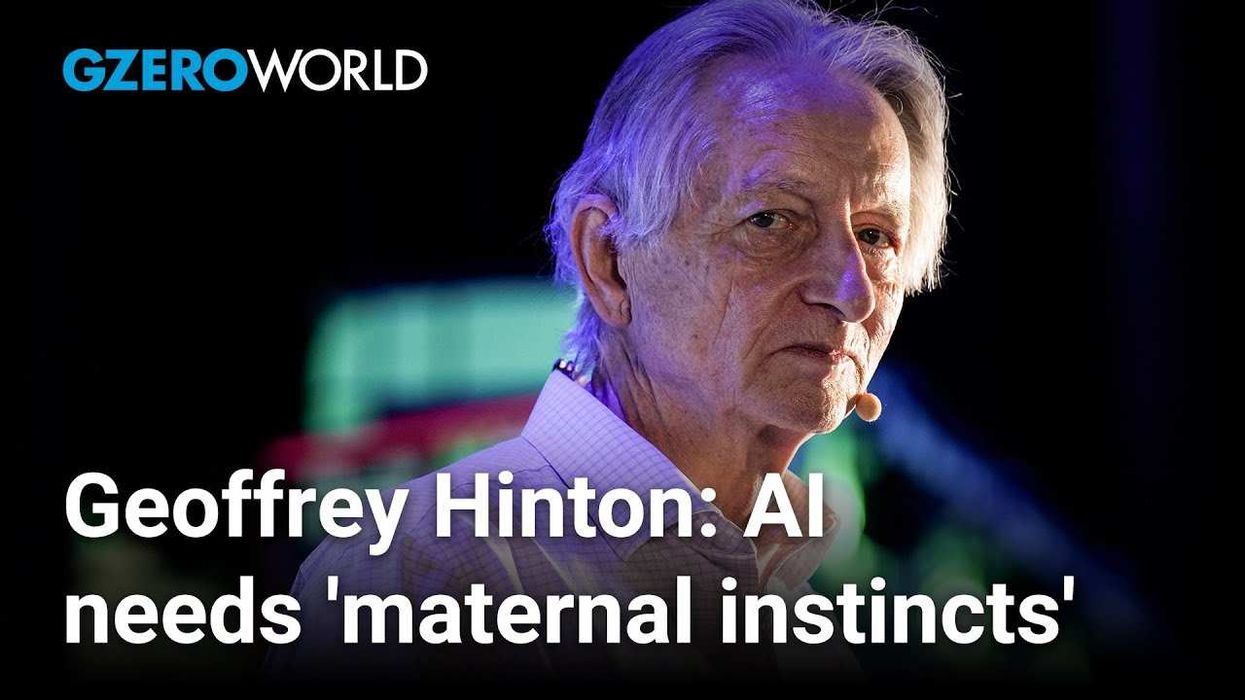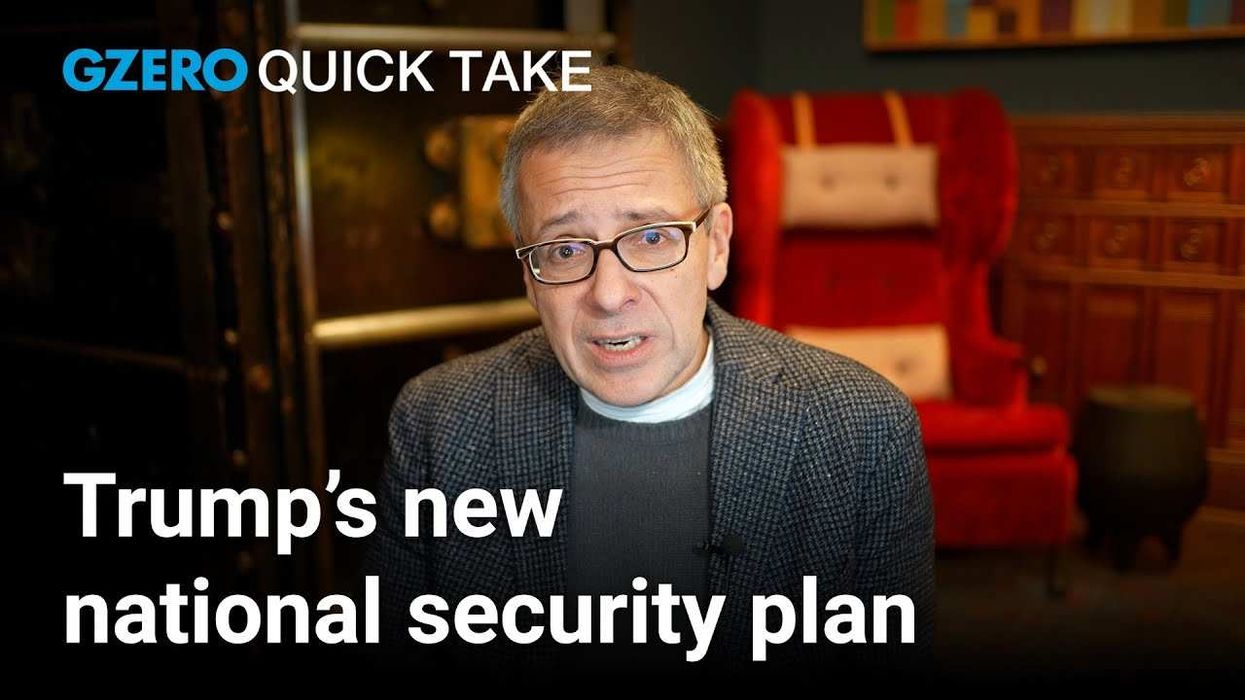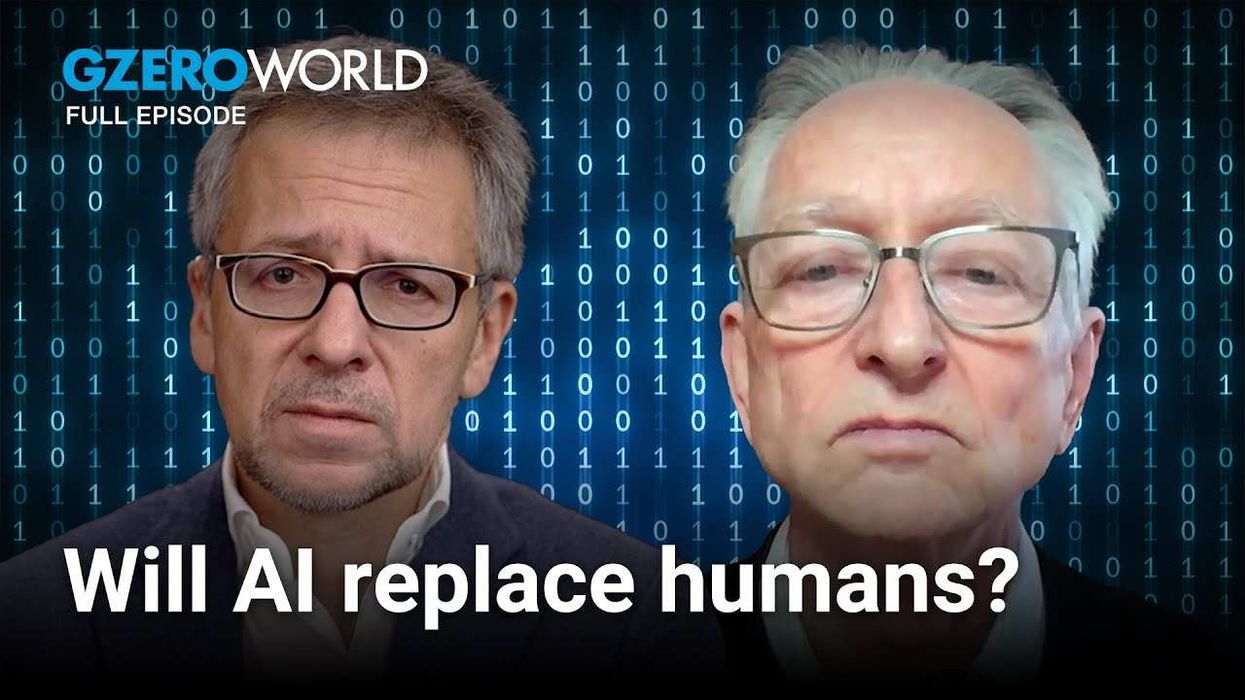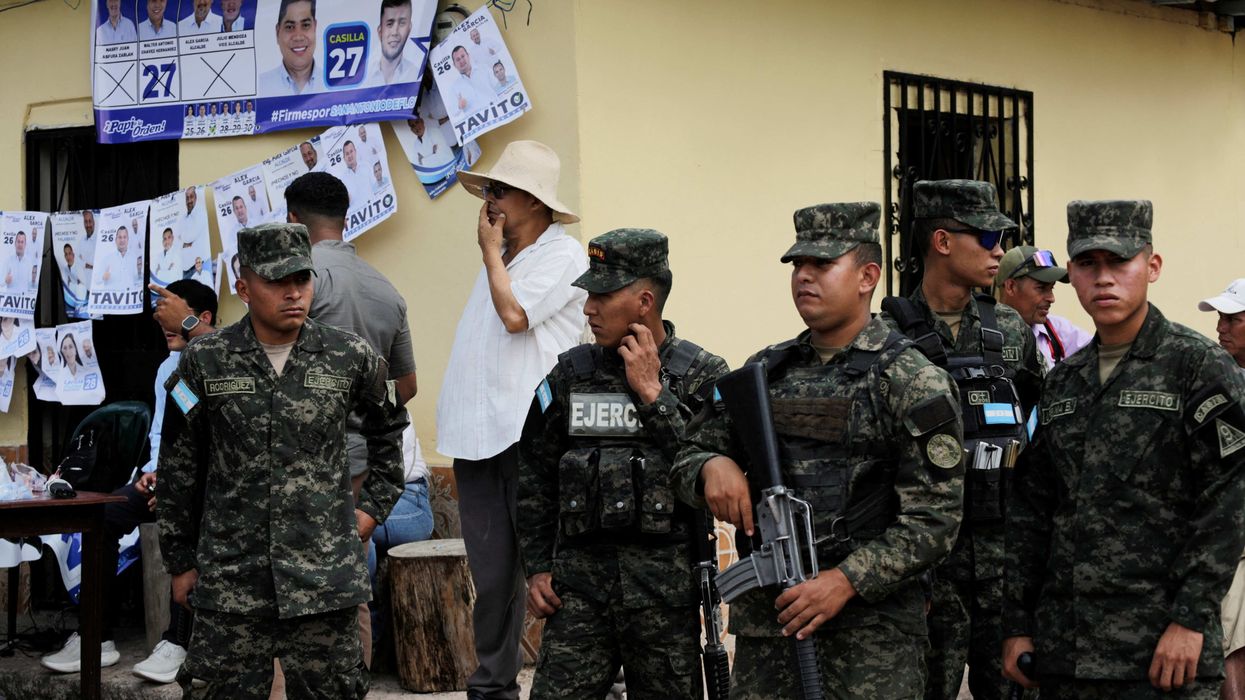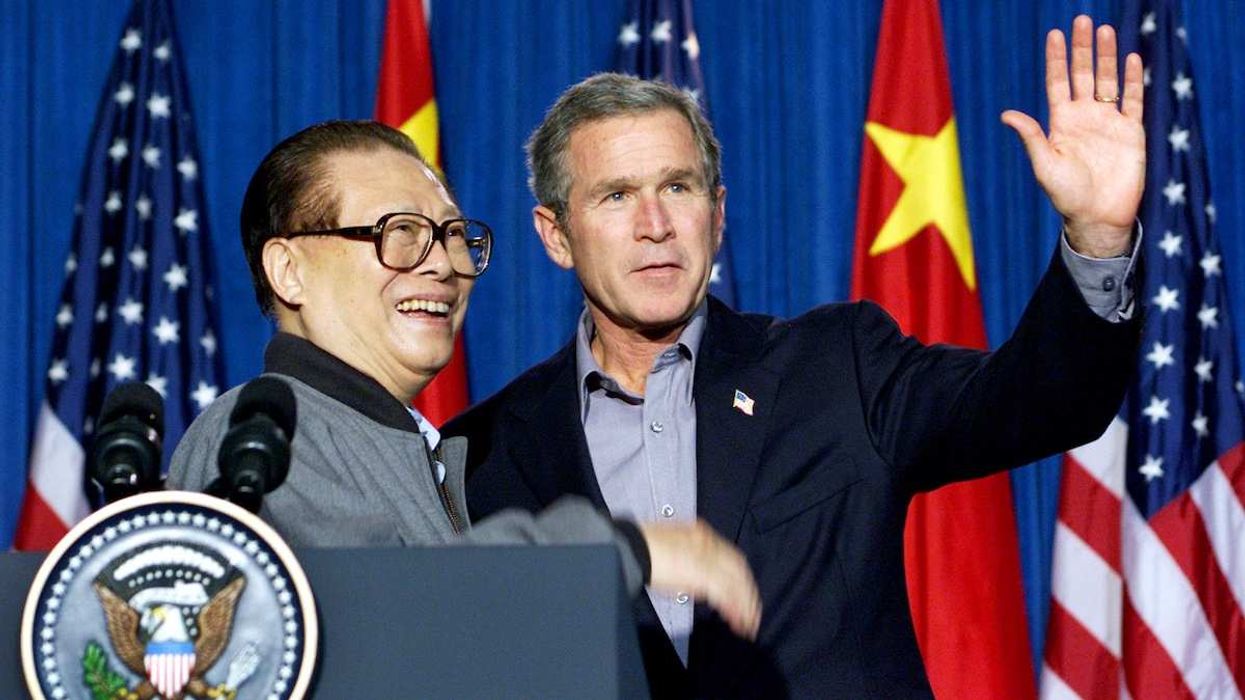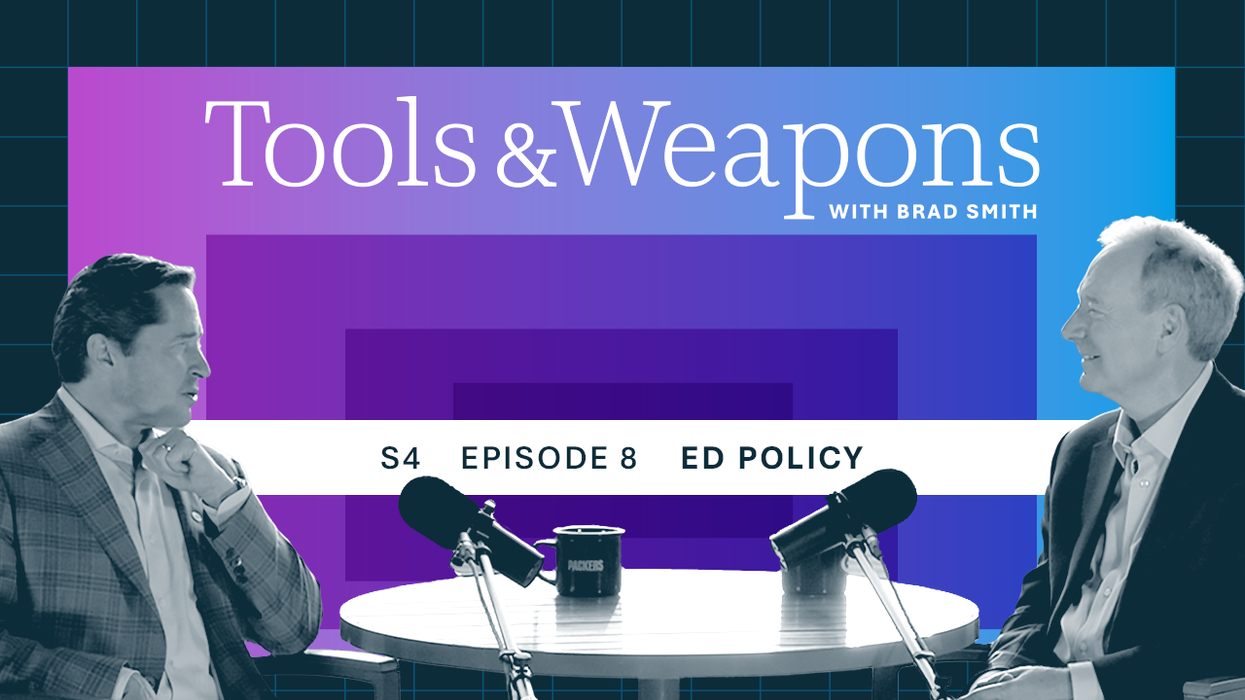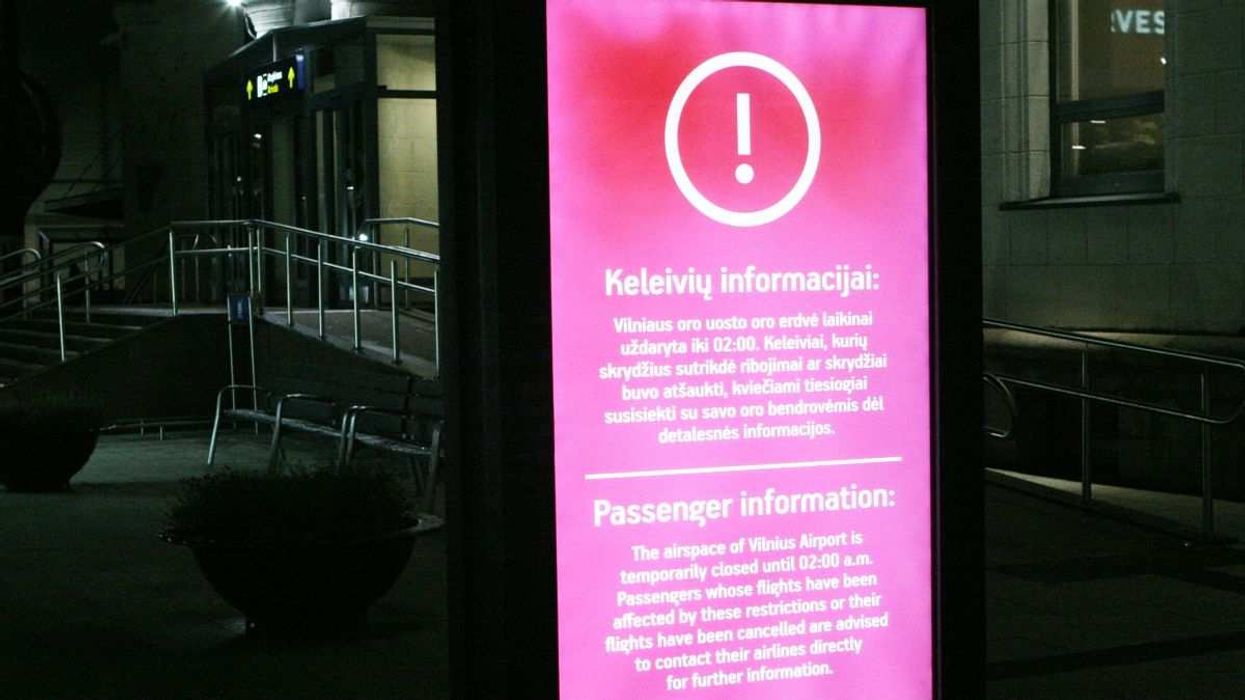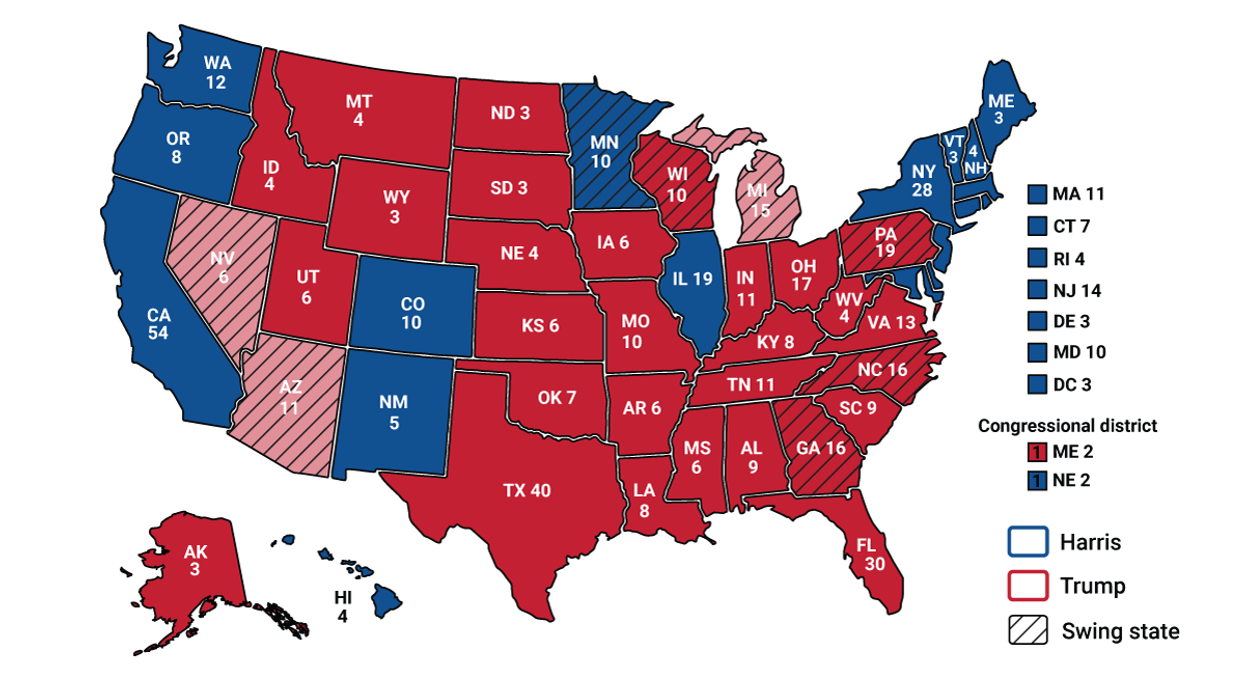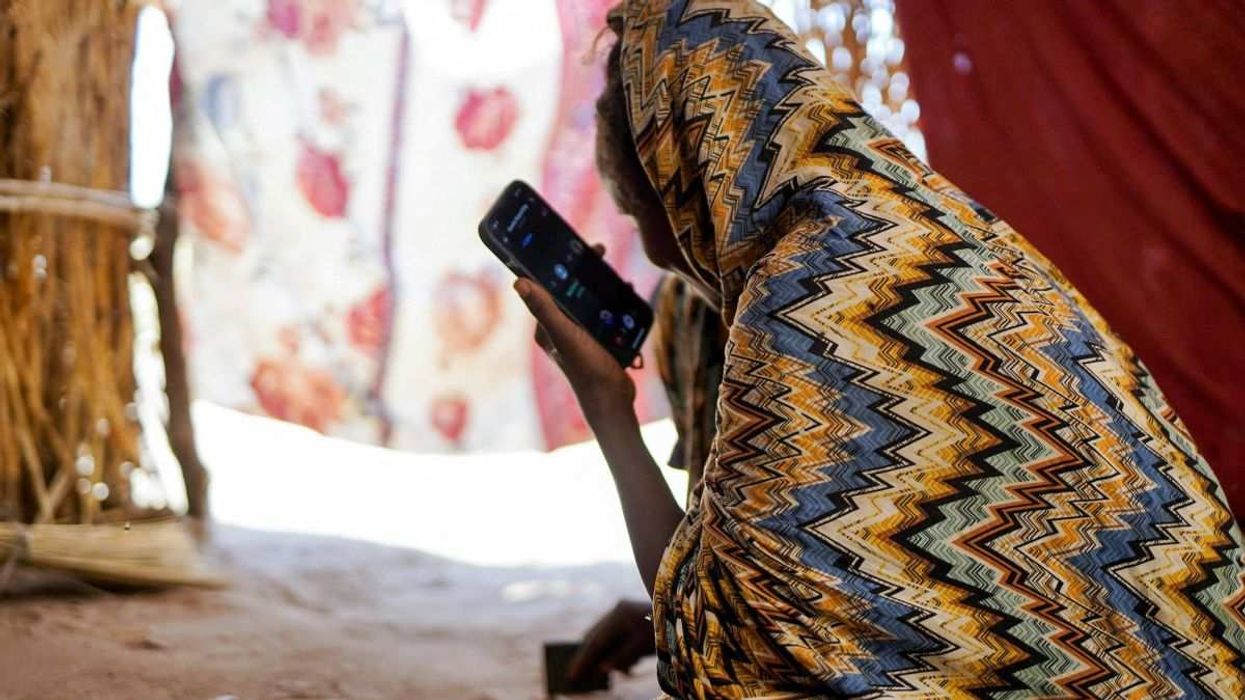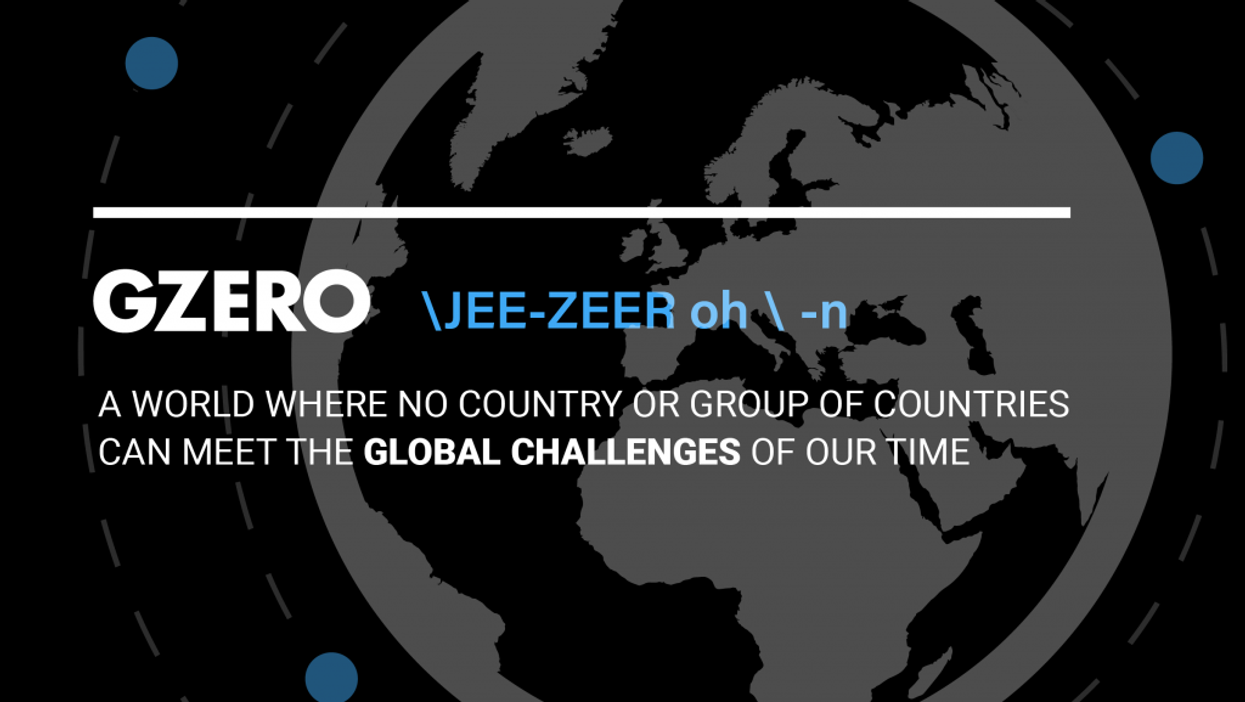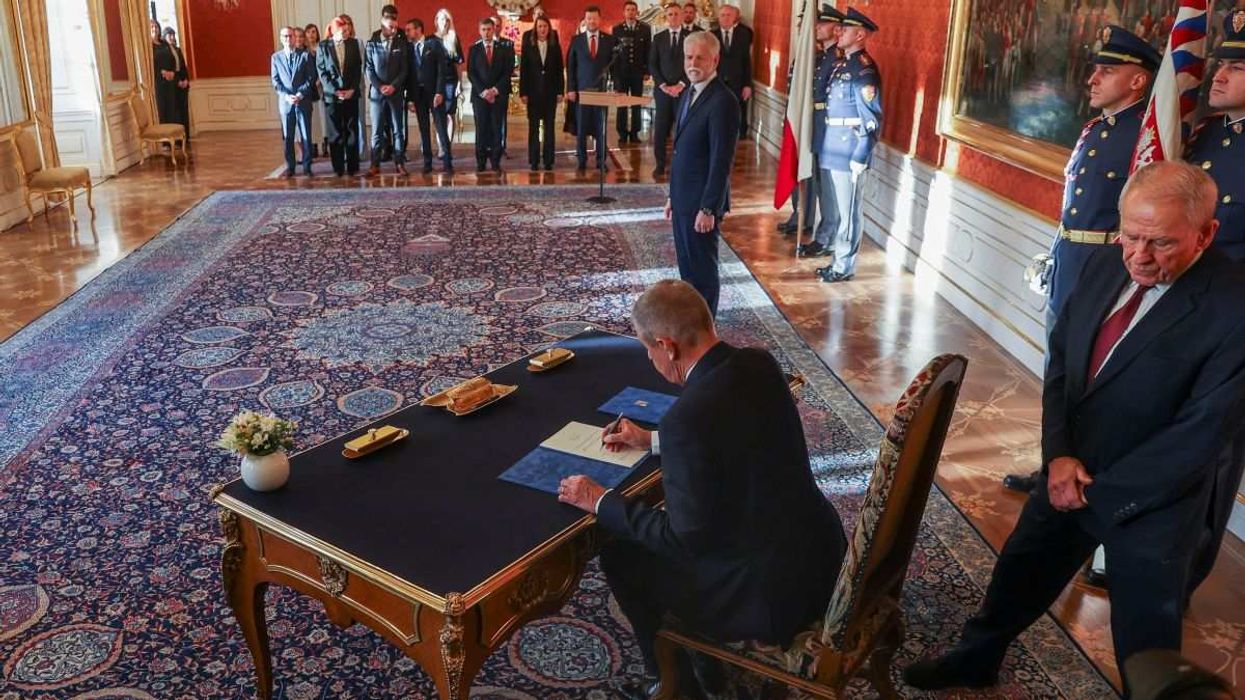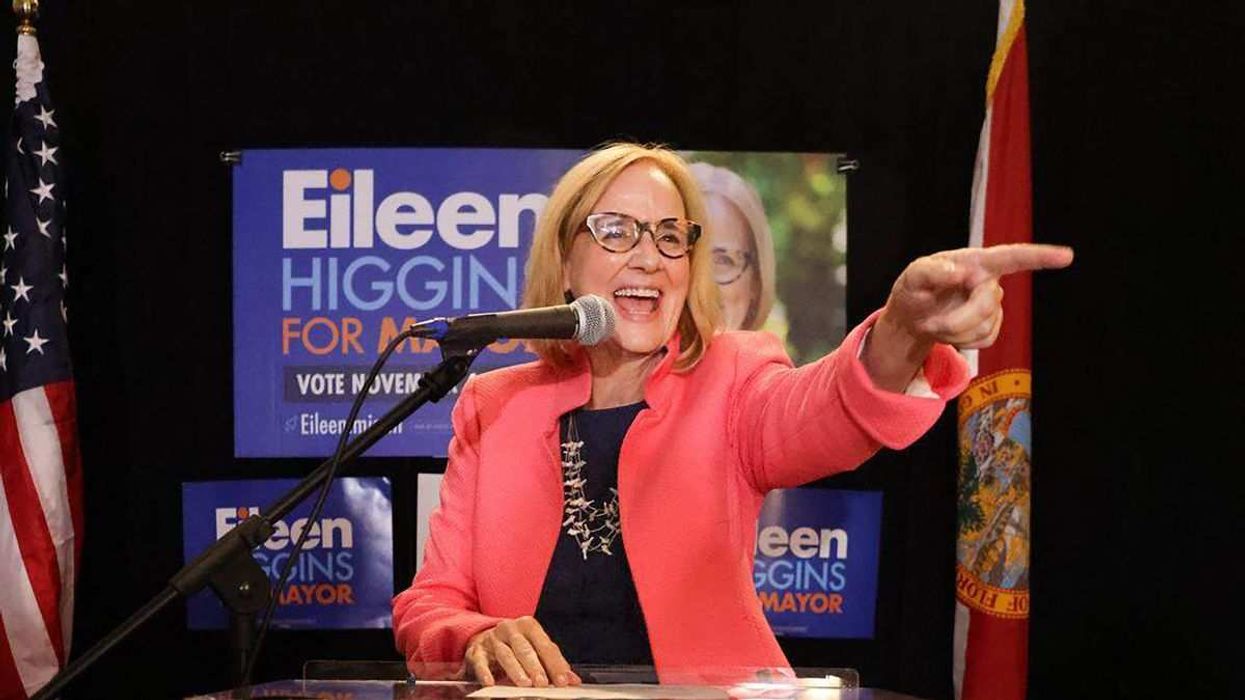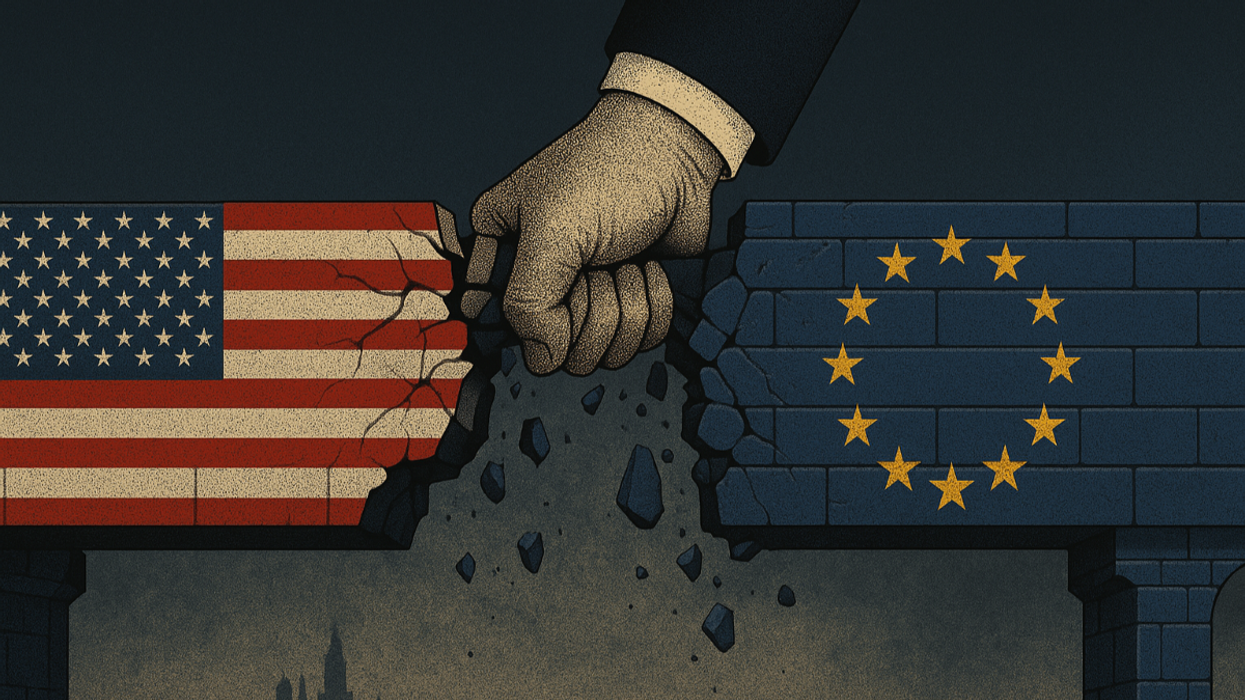After months of escalating tensions, US President Donald Trump and Chinese President Xi Jinping reached a trade truce at their meeting in South Korea on Thursday.
What was agreed? The two sides each delayed imposing further tariffs, with Trump reducing the overall US tariff rate on China to 45%. China agreed to drop its rare earth export ban, while the US may allow China to purchase advanced semiconductors again. That’s not all: the two countries suspended port fees, China pledged to started buying American soybeans again, good news for American soy farmers who have lost market share to Brazil.
What didn’t the meeting resolve? There was no update on terms for the sale of TikTok to American buyers, and the two sides also didn’t discuss Chinese access to the most powerful US-made microchips. More broadly, Trump and Xi didn’t appear to come to any resolution on Washington’s longer-term issues, such as the US trade deficit with China, concerns about Chinese theft of US intellectual property, or the defense of Taiwan – which the US still supports against Beijing’s claims of sovereignty.
Nuclear tensions start to simmer. The US commander-in-chief announced on Thursday that he had ordered the Pentagon to start testing nuclear weapons “on an equal basis” with Russia and China. The US hasn’t tested a nuke since 1992, and is party to a 1996 treaty with Moscow and Beijing that bars such actions. Testing is unlikely to start soon, in part because of safety concerns but also because most National Nuclear Security Administration are furloughed right now due to the government shutdown.
What about Ukraine? Trump said that Ukraine “came up very strongly” during the meeting with Xi, but did not elaborate, and gave no indication that the two men had discussed the impact of recent US sanctions on Russia’s two largest oil producers. Chinese refineries – the largest buyers of Russian crude – have reportedly begun to explore alternative sources (read more here).
Scoring the showdown: who won?? “Nobody has the upper hand,” said Eurasia Group’s Practice Head for China David Meale. “What both sides have instead is an understanding that each is capable of triggering the other’s intolerable pain points – and therefore a path must be struck between them.”
But, Meale added, “China must feel more satisfied than the US about where it is compared to the beginning of 2025,” in part because Beijing has stood up to Trump’s “Liberation Day” tariffs and identified a “potent leverage tool through rare earths export controls.”
Overall assessment of the meeting? Trump couldn’t have been more pleased, saying, “On a scale of 1 to 10, the meeting with Xi was 12.”
Meale was a little more equivocal.
“I would put it at a seven out of 10.”


